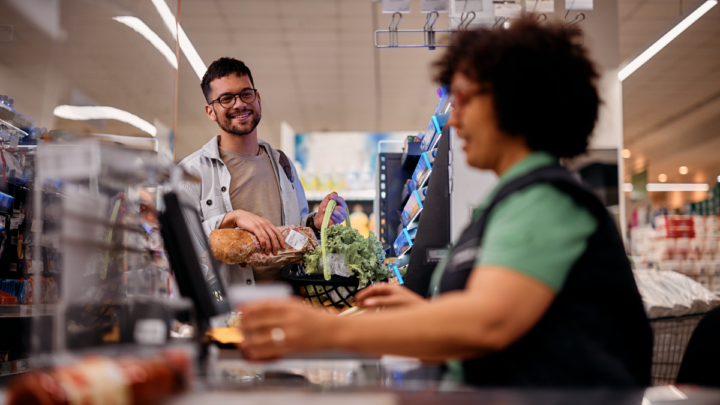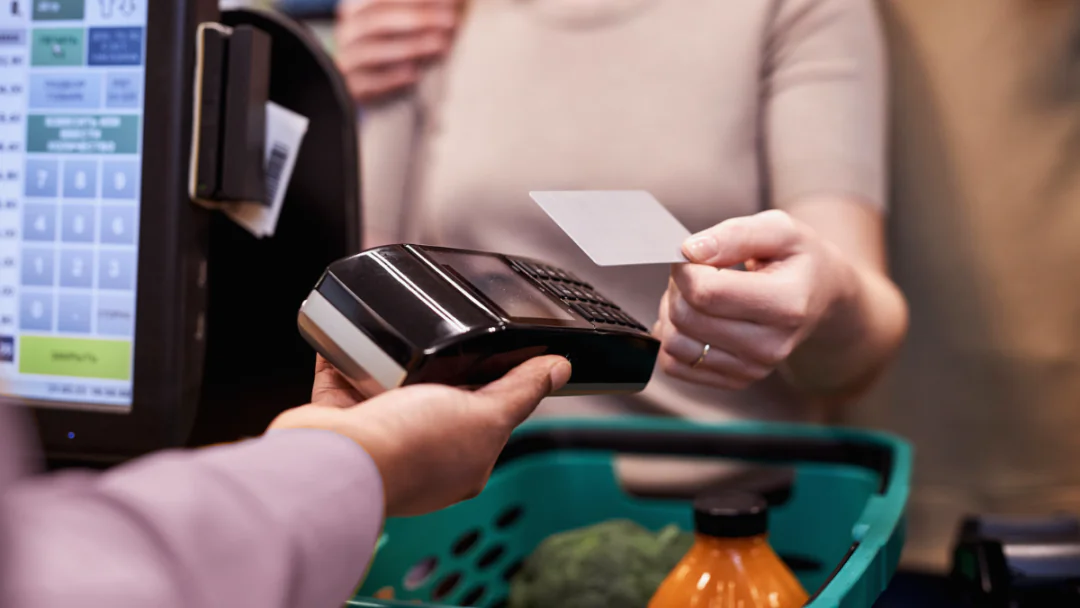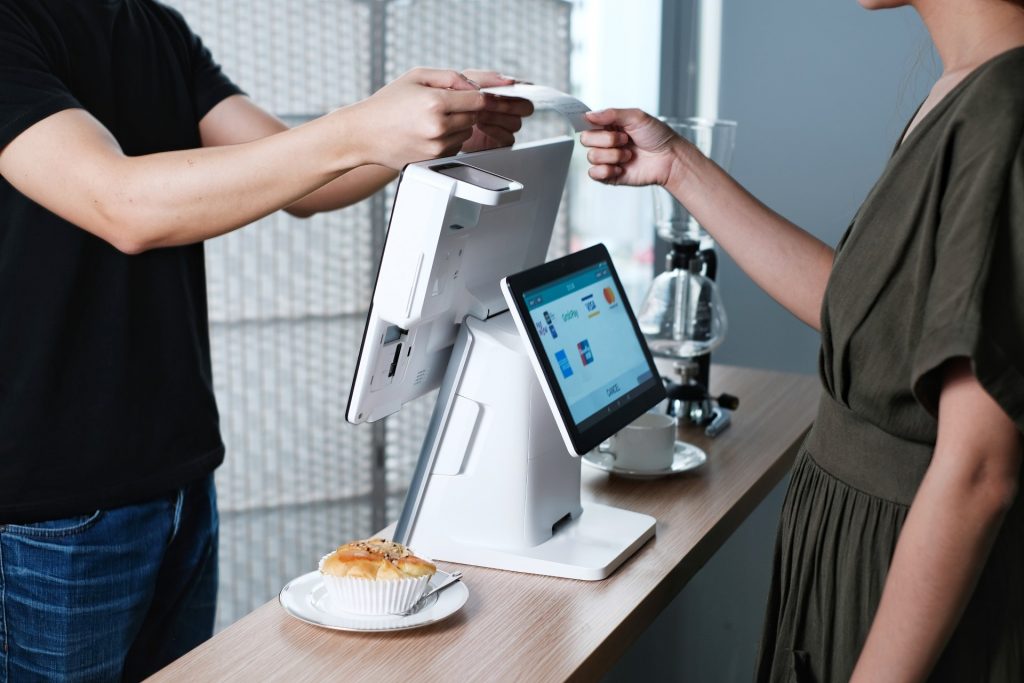How POS Systems Improve Order Accuracy in Restaurants

In the fast-paced environment of a restaurant, order accuracy is paramount to ensuring customer satisfaction and building loyalty. When orders are mixed up or incorrect, it can lead to frustration for both customers and staff, potentially affecting the restaurant’s reputation and bottom line. Fortunately, a well-designed Point of Sale (POS) system can transform order-taking and tracking processes, significantly enhancing accuracy and efficiency. Here’s a closer look at how POS systems help improve order accuracy in restaurants.
1. Streamlined Order Entry Process
Traditional paper order-taking methods are prone to human error. Waitstaff may misunderstand a customer’s order, forget specific details, or even misplace the order slip. POS systems, on the other hand, allow servers to enter orders directly into a digital interface. This immediate entry reduces misunderstandings, as the POS system’s interface is typically user-friendly and designed to minimize errors. Furthermore, servers can enter any special requests, substitutions, or dietary notes directly into the system, ensuring these details are conveyed to the kitchen accurately.
2. Direct Communication with the Kitchen
With a POS system, orders are sent directly to the kitchen display system (KDS) or printed at kitchen stations, minimizing the risk of communication errors. There’s no need for servers to verbally communicate complex orders or hand off handwritten notes that could be misread. The direct transmission from the POS to the kitchen staff streamlines the process and ensures that orders are complete and accurate from the moment they reach the kitchen.
3. Reduced Wait Time and Faster Service
POS systems speed up the order-taking process by reducing manual steps, allowing staff to take orders more quickly and efficiently. By eliminating the need for servers to repeatedly return to the kitchen with updates or clarifications, a POS system keeps orders moving swiftly, reducing wait times and providing a smoother dining experience. Faster service also reduces the chances of miscommunication or confusion about order details since the system displays all necessary information clearly.
4. Customization Options to Meet Customer Preferences
One of the challenges in the restaurant industry is catering to specific customer preferences and dietary restrictions. A POS system allows for easy customization of orders, with built-in options for common modifications like “no cheese,” “extra sauce,” or “gluten-free.” These options reduce the chance of a staff member overlooking a customization request or making an incorrect assumption about the customer’s preference. In turn, the customer receives their meal exactly as requested, which boosts satisfaction and encourages repeat visits.
5. Real-Time Order Tracking and Management
Another advantage of POS systems is the ability to track orders in real-time. Managers and staff can monitor each order’s progress, ensuring no order gets lost or delayed. Real-time tracking also helps identify and rectify potential errors before they reach the customer. For instance, if a server notices that an order is taking longer than usual, they can check the POS system to identify any potential issues and communicate with the kitchen promptly, reducing the likelihood of mistakes or delays.
6. Integration with Inventory Management for Consistent Accuracy
For restaurants, managing inventory effectively is crucial for both order accuracy and customer satisfaction. POS systems often come with integrated inventory management features, which automatically update stock levels as items are ordered. This prevents servers from taking orders for items that are out of stock, reducing the need for last-minute substitutions that might frustrate customers. Accurate inventory tracking also allows the kitchen to prepare dishes with the correct ingredients, ensuring consistency and quality across every order.
7. Enhanced Staff Training and Efficiency
A good POS system can also simplify training for new staff members. With an intuitive interface and clear instructions, even new servers can quickly learn to navigate the system and take orders accurately. POS systems reduce the likelihood of mistakes caused by lack of experience, and managers can track individual staff performance to identify training needs. By improving staff efficiency and reducing learning curves, a POS system supports a culture of accuracy and reliability in order processing.
8. Data Insights to Identify Common Errors
POS systems provide valuable insights into order data, allowing managers to analyze patterns and identify recurring issues in order accuracy. For example, if certain menu items frequently have customization issues, the restaurant can use this data to adjust the ordering process or offer additional training for staff. By identifying problem areas, restaurant managers can proactively work to improve processes and further reduce order errors.
Conclusion: A POS System as the Backbone of Order Accuracy
POS systems are a vital tool for improving order accuracy in restaurants, benefiting both the business and its customers. By streamlining order entry, improving kitchen communication, enabling easy customizations, and providing real-time tracking, POS systems help ensure that every order is correct and on time. Additionally, the integration with inventory management and data analysis empowers restaurant staff and management to continuously refine operations. As technology continues to advance, POS systems will likely become even more sophisticated, further enhancing accuracy and the overall dining experience.
By investing in a robust POS system, restaurants can not only reduce order errors but also improve efficiency and customer satisfaction, establishing a reliable foundation for long-term success in the competitive restaurant industry.
Visit our site at www.dibtech.com.au
Visit our YouTube channel for tutorials Dibtech






